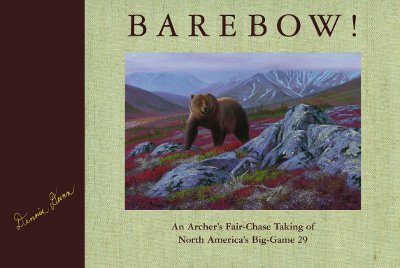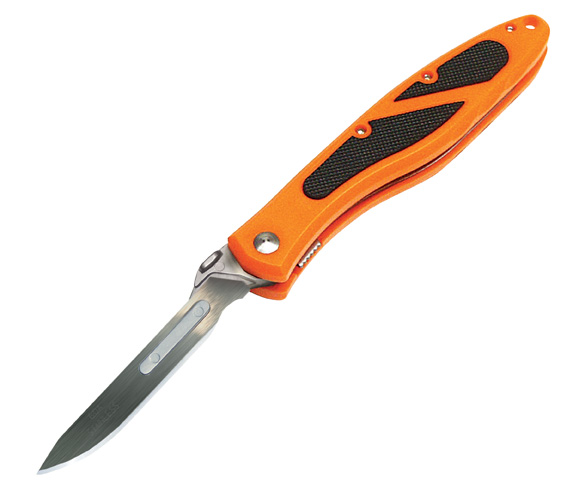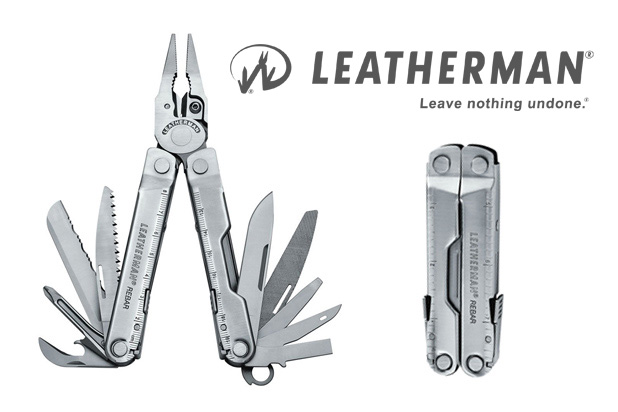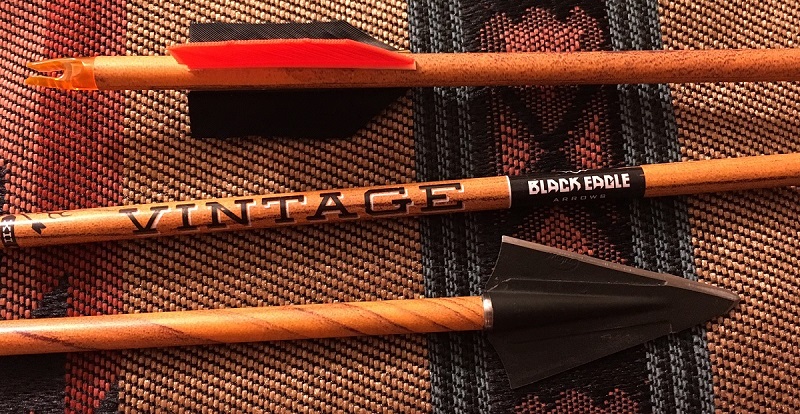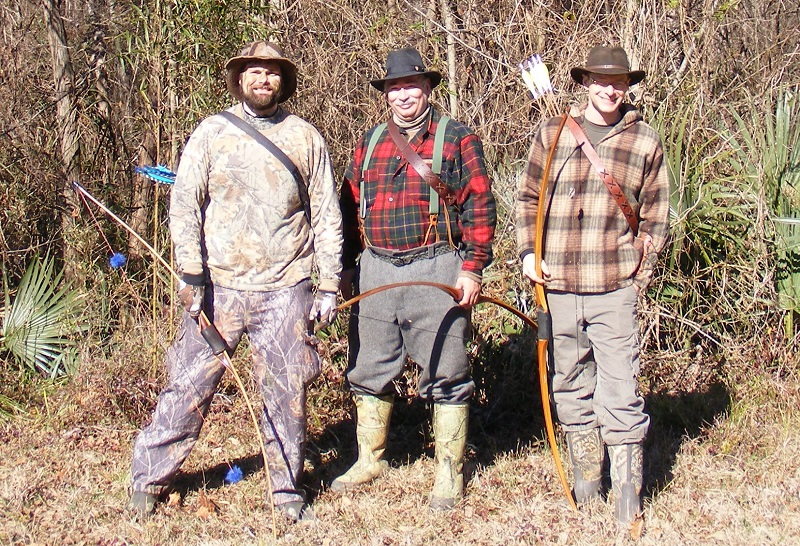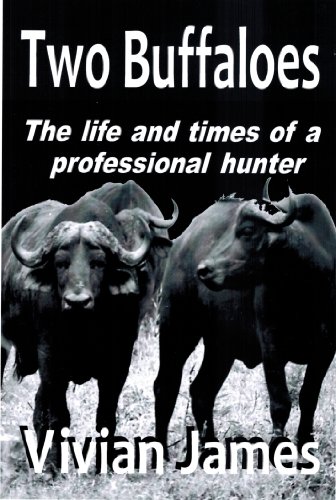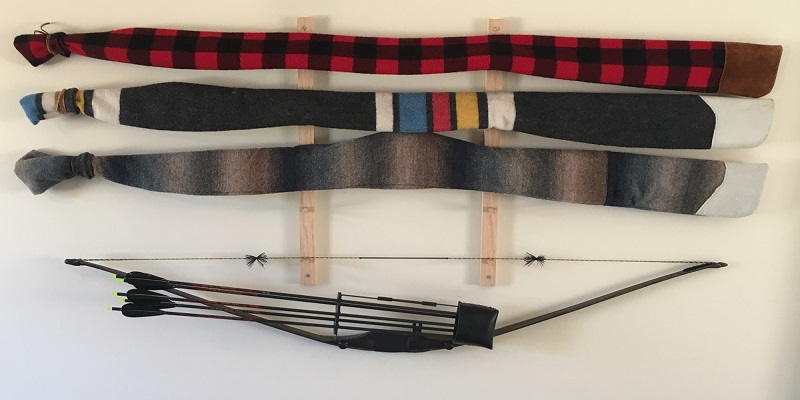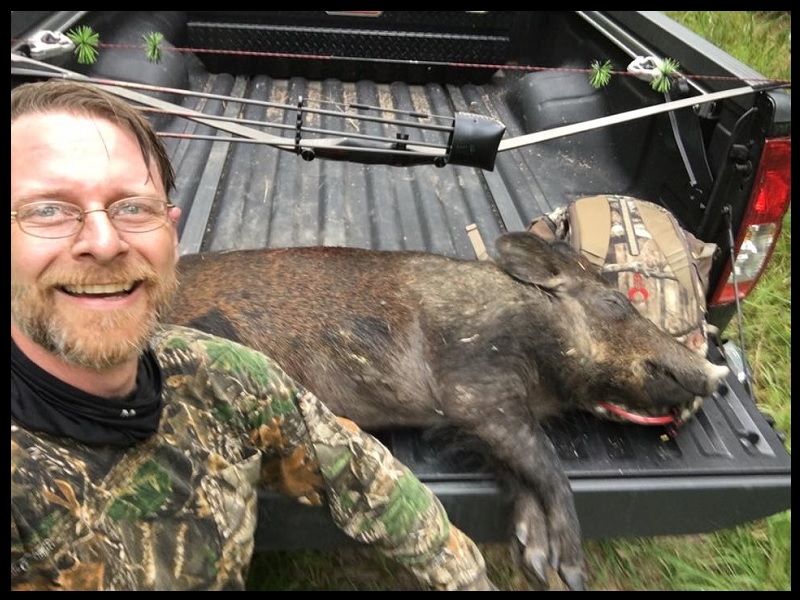
I’ve gone through probably a dozen headlamps and nearly a dozen flashlights over the past decade and I really like my current system. I have 5 total lights in my system, but I’ll spend most of my time on two of them.
The light I use at least 90% of the time is my Cabelas Alaskan Guide XR made by Princeton Tec. What I love about it: with one click it will turn on to the lowest setting in a red LED. If you click it multiple times it will go into white light and get brighter. Since I hunt hogs I like going into a low lumen red light with one click. Also I don’t always want to advertise my stand location to other hunters by turning on white light just after dark. This takes 3 AAA batteries. I keep this headlamp and 3 spare batteries in my hunting pack all the time. For evening sits sometimes I put it in my cargo pocket before I put on my harness so I don’t have to fumble around for it during magic hour.
The second light is my super bright handheld, an Eagletac DL25LC2 Clicky. What I love about it: I can twist a quarter turn then hit the power button and get “moon” mode with a very low output white light that can last for days, or I can twist back into turbo mode and get full power for an hour or so. Since blood tracking at night requires a bright light, I carry two spare rechargeable 18650s in my pack with this light. I figure if I can’t find something in 3 hours I should probably be waiting til morning anyway. That link goes to a bundle with an amazing price, I wish it was available when I bought two of these a few months ago!
My other headlamp is another Cabelas, this one is the Alaskan Guide QUL also by Princeton Tec. Where the first two lights live in my backpack, this one lives in the center console of my truck. It starts to the brightest level of white light. I like this for my truck because it gets me handsfree light to do whatever I need whenever I need it. At the price, you can’t lose.
Flashlight number two is a cheap hardware store model. It has an low lumen LED and two AA batteries. The idea behind this light is I leave it next to my cot or on the camp table so I can always have one light handy without taking one of my main lights out of my hunting pack (and thus not forget to put it back in!)
Last light is a really cool one, it’s a LUCI solar lantern. If you don’t have one already, just go ahead and buy three! Seriously I have two in my camp kit and I normally put one in my tent and one under my kitchen canopy. Third one stays in my house to be used during power outages. No batteries to drain or replace, and it throws pretty good light.
There is my entire lighting system. I focused on the first two as they are what I use in the field, but I hope the other information is useful to some.

